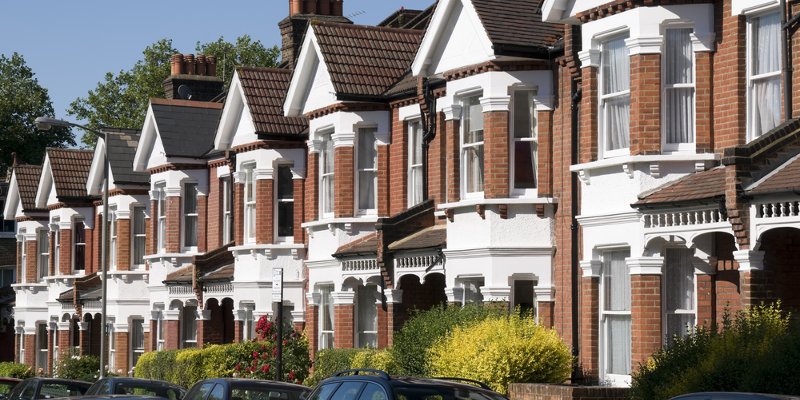House prices in the three months to May were 1.9% higher than the same period a year earlier– down from 2.2% inApril, the Halifax House Price Indexfound.

House prices in the three months to May were 1.9% higher than the same period a year earlier– down from 2.2% inApril, the Halifax House Price Indexfound.
Prices were 0.2% higher than in the preceding three months (December-February 2018) and also rose on a monthly basis, increasing by 1.5% in May, partially reversing the 3.1% monthly decline in April. The average house price is now £224,439.
Mike Scott, chief property analyst at estate agent Yopa, said:‘’The fundamentals of the market are still strong, with tight supply, strong employment figures, average wages rising faster than inflation and continuing low mortgage interest rates.
“We are unlikely to see much more of a turndown in prices unless those economic fundamentals change.
“However, both supply and demand are subdued compared with last year, and we may see a lower total number of house sales in 2018 than in recent years.”
Meanwhile Jeremy Leaf, north London estate agent and a former RICS residential chairman, was less optimistic with the figures.
He said:“At first glance, these figures look disappointing with Halifax reporting annual house price growth softening in May.
“Once again we are seeing the rather topsy turvy pattern to the housing market - up one month, down the next. It is the same on the ground - no real pattern, with buyers and sellers negotiating hard but not always successfully.
“Looking forward, we expect more of the same and possibly slightly better as we await figures reflecting the crucial spring market period.”
UK home sales grew by a healthy 4% from 96,800 in March to 100,190 in April. In the three months to April sales were 1.6% lower than in the preceding three months. This weakness reflects the sharp slowdown seen in mortgage approvals at the end of last year.
Bank of England industry-wide figures showwed that the number of mortgages approved to finance house purchases – a leading indicator of completed house sales – were 62,455 in April.
This was a 0.6% month on month decline – marking the third consecutive month in which approvals have fallen. In the three months to April approvals were 1.9% lower than in the preceding three months, continuing to indicate a subdued residential market.
The decline in housing activity eased in April. After four straight months of sharp decline, new buyer enquiries stabilised in April.
However demand fell for the 13th month in a row. Supply continues to remain tight with new instructions falling for the 26th consecutive month in April yet the pace has slowed markedly. Agreed sales also held relatively steady over the month.
Kevin Roberts, director, Legal & General Mortgage Club, said: “We’re continuing to see house prices rising at more sustainable levels than those of the past, which is good news for many buyers trying to get onto the property ladder.
“Younger buyers are also benefitting from growing support for schemes like shared ownership, which are putting them in a better position than a few years ago.”
The average price of a flat in the UK has risen by £75,074 over the last five years, from £157,061 in 2013 to £232,135 in 2018.
Flats now account for 15% of all home sales. Although six in every 10 property sales last year were either terraced or semi-detached properties, flats have increased in value by 48%, compared to 39% for all property types over the same period.
Terraced homes have seen average prices rise by £60,482 since 2013, while detached homes recorded an increase of £73,638.
Although flats have recorded greater price gains over the past five years, semi-detached and terraced homes have remained the most popular choices for homebuyers.
Russell Galley, managing director, Halifax, said: “The continuing strength of the labour market is supporting house prices. In the three months to March the number of full-time employees increased by 202,000, the biggest rise in three years.
“We are also seeing pay growth edging up and consumer price inflation falling, and as a result the squeeze on real earnings has started to ease. With interest rates still very low we see mortgage affordability at very manageable levels providing a further underpinning to prices.”



